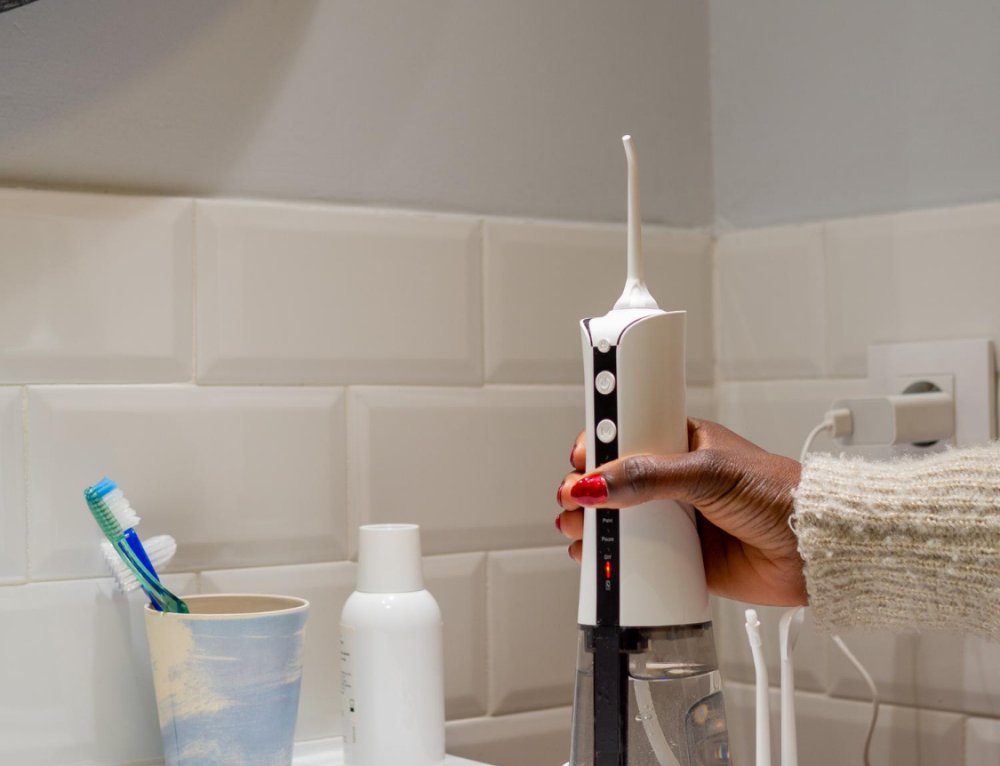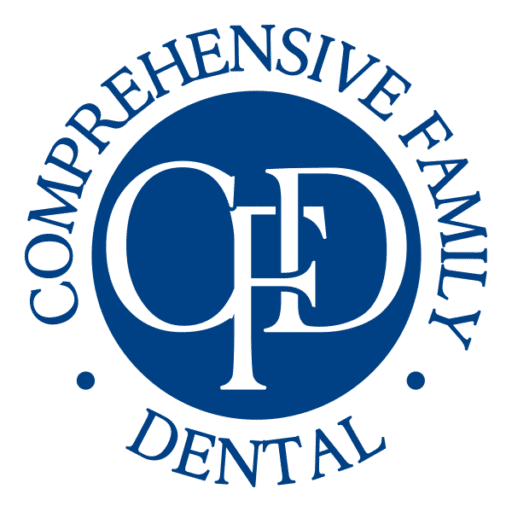Wearing braces is an important step towards an aligned smile, but it also means you need to be careful with your oral hygiene. Food particles can get stuck between your teeth and braces, which can lead to bacteria build-up. Flossing helps remove these particles and reduces the risk of gum disease and cavities.
Traditional Flossing
Traditional flossing is a reliable method for maintaining oral hygiene with braces. This technique involves using a thin floss to clean between your teeth and braces. Although it requires some practice to move the floss around the brackets and wires, traditional flossing removes plaque and food debris.

How To Floss Traditionally
To use traditional floss, start by cutting an 18-inch piece. Carefully thread the floss under the main wire of your braces. Then, slide it between your teeth. Move the floss up and down gently along the sides of each tooth to remove food particles and plaque. Make sure to floss below the gum line, but be gentle to avoid hurting your gums. Repeat this process for each tooth, using a clean section of floss each time.
Pros and Cons of Traditional Method
Traditional flossing is a thorough method that makes sure no surface is left untouched. It is effective in removing plaque and food debris. It is also portable, so you can floss on-the-go whenever necessary. However, the manual motion can sometimes lead to gum irritation or bleeding if not done gently. There is also a risk of disturbing or damaging your braces if the floss catches on the wires or brackets.
Floss Threaders
Floss threaders are a helpful tool for making flossing with braces much easier. This small plastic device allows you to guide the floss through the wires and brackets with less effort. Using a floss threader can save you time and reduce frustration.
How To Use a Floss Threader
To use a floss threader, start by pulling a piece of floss through the loop of the threader. Carefully insert the threader under the main wire of your braces, and then pull the floss through. Once the floss is in place, move it up and down between your teeth to clean them thoroughly. Repeat this process for each tooth, ensuring you clean around the braces and under the gum line.
Pros and Cons of Floss Threaders
Floss threaders are reusable and cost-effective, making them budget-friendly. They simplify the flossing process, making it accessible to everyone, regardless of dexterity. However, the threading process can still be time-consuming for some people. It may take a bit of practice to master the technique of using a floss threader effectively.
Water Flossing
Water flossing is an efficient way to keep your teeth clean, especially if you have braces. This method uses a stream of water to clean between your teeth and around your braces. It can reach areas that regular floss might miss. Water flossers are easy to use and can be a good choice for people who find regular flossing hard.

How To Use a Water Flosser
To use a water flosser, start by filling the flosser’s tank with lukewarm water. Lean over the sink and place the flosser’s tip in your mouth. Turn on the device and direct the water stream along your gum line and between your teeth. Move the tip slowly. Stop briefly between each tooth to remove food particles and plaque. Make sure to clean around your braces and any other dental devices thoroughly. Adjust the water pressure to a comfortable level. Rinse your mouth with water after flossing.
Pros and Cons of Water Flossing
Water flossing is easy to use and can reach areas that regular floss might miss. It is gentle on gums, which reduces the risk of irritation or bleeding. Water flossers are also good at cleaning around braces and other dental devices. However, they can be more expensive than regular floss and need electricity and water. Water flossers are less portable, making them less convenient to use outside the home.
Dental Tape
Dental tape is like the big sibling of traditional floss. This nylon, waxed tape is designed to glide smoothly between your teeth and braces. It covers a larger surface area, providing a more thorough clean.

How To Use Dental Tape
To use dental tape, cut a piece about 18 inches long. Gently thread the tape under the main wire of your braces. Slide the tape between your teeth and move it up and down to clean both sides of each tooth. Make sure to clean under the gum line as well, but be gentle to avoid irritation. Repeat this process for each tooth, using a fresh section of tape each time to keep your mouth clean.
Pros and Cons of Dental Tape
Dental tape’s broader size makes it more efficient at removing debris compared to standard floss. The high-tensile strength of the polyethylene material means it’s less likely to break or wear out during use. However, the tape’s rigidity may cause gum irritation or bleeding in some cases. There is also a slight risk of dislodging brackets if the tape catches on the wires or brackets.
A Rewarding Challenge
Flossing with braces is tough, but it is very important for keeping your mouth healthy. Braces create many small spaces where food can get stuck, which can lead to gum disease and cavities. Even though it is hard, flossing removes these food particles and helps stop bacteria from growing. This keeps your smile healthy while you wear braces.
How Often Should You Floss with Braces?
Consistency is key when flossing with braces. You should aim to floss at least once a day, preferably after your evening meal. This routine will help prevent the buildup of plaque and food debris which keeps your mouth clean and your braces in good shape.

Before or After Brushing?
Most dental professionals recommend flossing before brushing. Flossing first gets rid of trapped food and plaque, making it easier for your toothbrush to clean them away. After flossing, brush your teeth thoroughly with fluoride toothpaste for a clean smile. This routine helps keep your mouth free of debris and bacteria
Tips for Oral Hygiene
Flossing is important, but it’s not the only factor to consider when you have braces. Schedule regular cleanings with your dental office to reach areas at-home routine might miss and guarantee a deep clean around your braces. Avoid whitening toothpastes since they can create an uneven appearance by whitening only the exposed areas of your teeth. Lastly, consider using an electric toothbrush as the oscillating motion can better remove plaque and debris.

Take a Step For You!
Flossing with braces might seem challenging at first, but with the right techniques and tools, it can become a part of your daily routine. A little effort now can lead to a beautiful smile when your braces come off!
Comprehensive Family Dental, located in Victoria, Texas, is dedicated to providing exceptional dental care for patients of all ages. Our team of experienced professionals offers a wide range of services, including preventive, restorative, and cosmetic dentistry. We are committed to creating a welcoming environment, ensuring every visit is a positive experience. Visit us at victoriatxdentist.com to learn more about our services and meet our friendly team. Your smile is our top priority!


